Are you in the market for new utensils and trying to decide between teak vs olive wood utensils?
Look no further! In this article, we’ll explore the key factors to consider when choosing between these two popular options.
From durability and maintenance to heat resistance and aesthetics, we’ll provide you with all the information you need to make an informed decision.
So, let’s dive in and discover which wood is the perfect fit for your kitchen needs!
Key Takeaways
- Teak wood utensils are more durable and have better heat resistance than olive wood utensils.
- Olive wood utensils are still durable but not as resistant to moisture and high temperatures.
- Both teak and olive wood offer visually appealing aesthetics with unique grain patterns.
- Teak wood is often harvested unsustainably, while olive wood is sourced from end-of-life trees, making it a more sustainable option.
Teak Vs Olive Wood Utensils: Durability
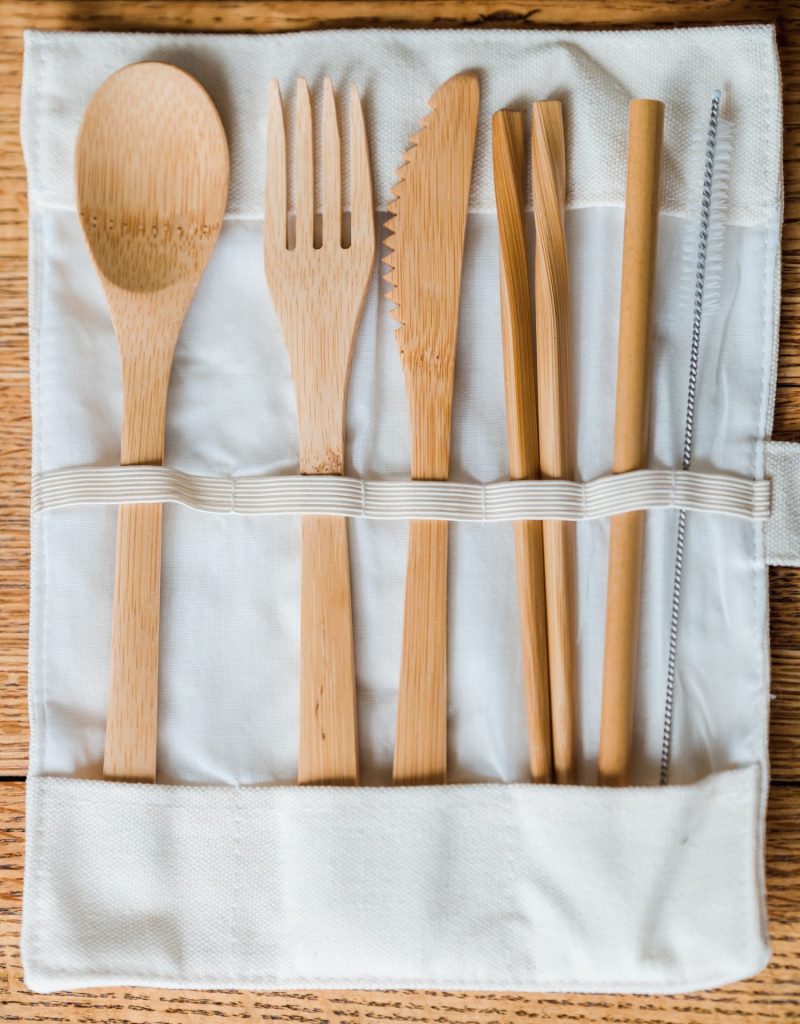
When it comes to durability, teak wood utensils outperform olive wood utensils.
Teak wood, known for its exceptional strength and resilience, is highly resistant to warping, cracking, and splitting.
This makes it an ideal choice for utensils that are subjected to frequent use and exposure to moisture.
The dense grain structure of teak wood contributes to its durability, ensuring that it can withstand the rigors of everyday cooking.
On the other hand, olive wood utensils, while still durable, aren’t as resistant to moisture and may be prone to cracking over time.
If you’re looking for utensils that will last for years to come, teak wood is the superior option in terms of durability.
Maintenance
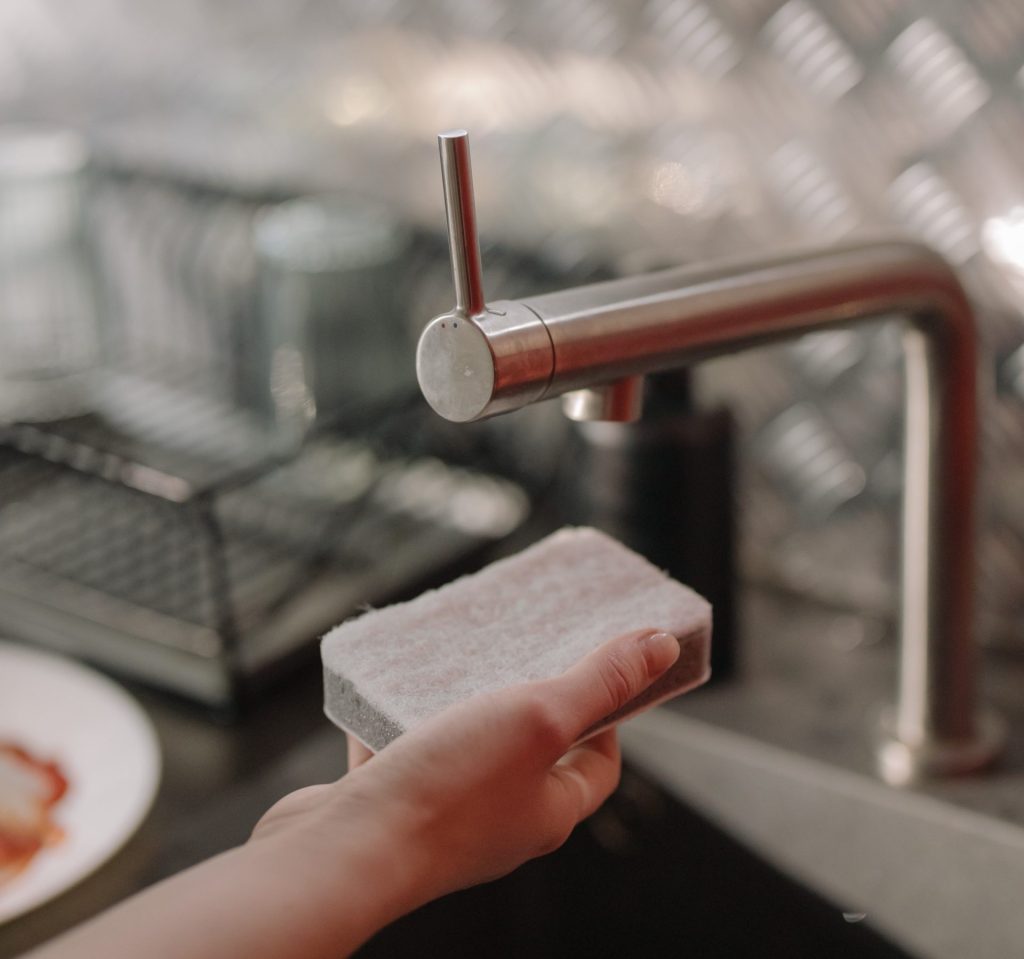
Teak vs Olive wood utensils, which one is easier to maintain?
Both of them need regular cleaning and maintenance.
To maintain your teak or olive wood utensils, you should regularly clean and oil them to keep them in optimal condition. Here are some important steps to follow:
Cleaning:
- After each use, wash your utensils with mild soap and warm water.
- Avoid using harsh detergents or scrub brushes that can damage the wood.
- Gently dry them with a cloth or let them air dry completely.
Oiling:
- Apply a food-safe oil, such as mineral oil or beeswax, to the utensils every few months or as needed.
- This helps to prevent the wood from drying out and cracking.
- Use a clean cloth to apply the oil evenly and let it absorb overnight before wiping off any excess.
Avoiding moisture:
- Wood is sensitive to moisture, so it’s important to keep your utensils dry.
- Avoid soaking them in water or leaving them in wet environments for extended periods.
Regular inspection:
- Check your utensils regularly for any signs of damage or wear.
- If you notice cracks, splinters, or warping, it’s best to replace them to ensure safe use.
Heat Resistance
To ensure the longevity of your teak or olive wood utensils, it’s essential to consider their heat resistance.
Both teak and olive wood are known for their natural durability and ability to withstand high temperatures.
However, there are some differences to take into account.
Teak wood has excellent heat resistance and can handle hot pots and pans without warping or cracking.
It’s a popular choice for outdoor cooking utensils due to its ability to withstand direct heat.
On the other hand, olive wood also has good heat resistance but isn’t as resistant as teak.
It’s recommended to use olive wood utensils for cooking at lower temperatures or for serving purposes rather than direct heat cooking.
So when it comes to heat resistance in the Teak vs Olive wood utensils debate, olive wood is a better choice!
Aesthetics
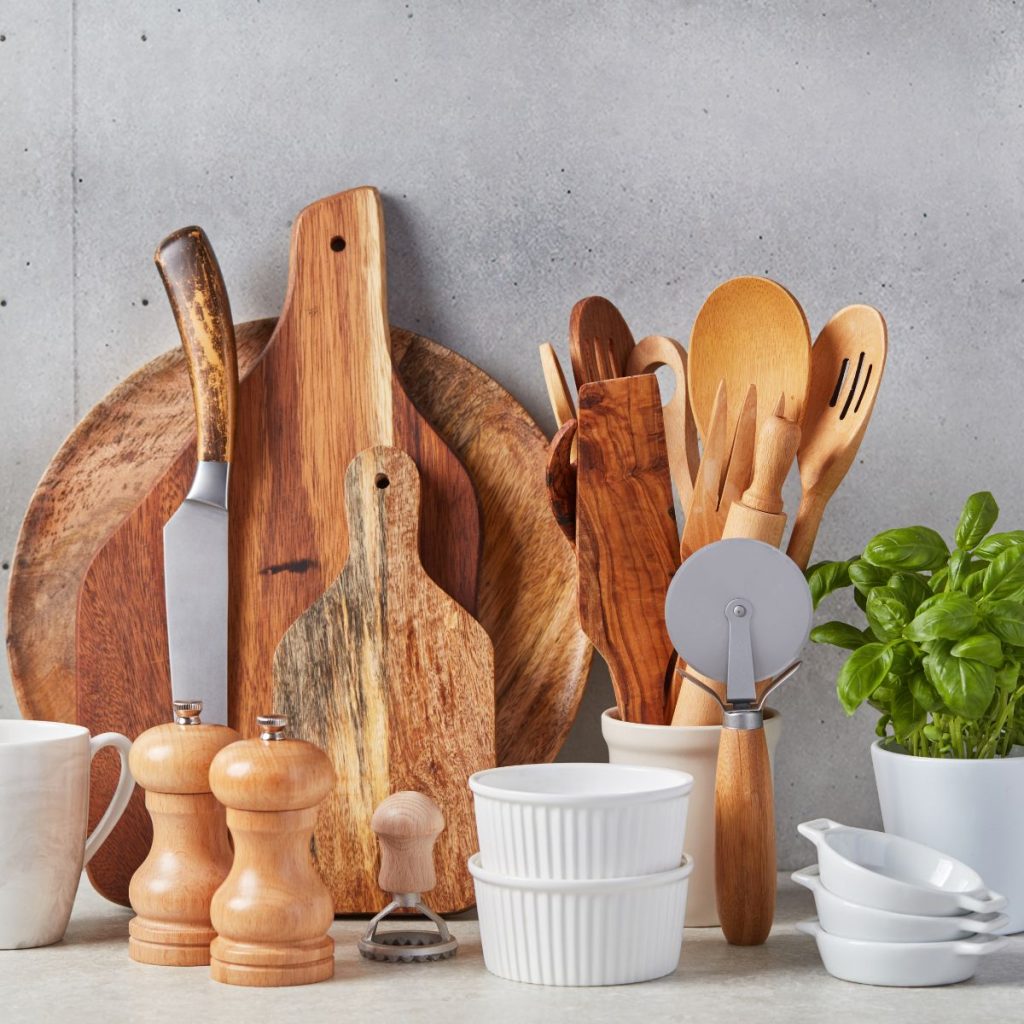
As you consider the aesthetics of teak vs olive wood utensils, it’s important to note that both options offer unique and visually appealing characteristics.
Here are four reasons why both teak and olive wood utensils are highly regarded for their aesthetics:
- Natural Beauty: Teak and olive wood have distinct grain patterns and rich colors that enhance the visual appeal of the utensils. The warm tones of teak and the lighter hues of olive wood create a natural, organic look.
- Unique Patterns: Each piece of teak and olive wood has its own unique patterns, making every utensil one-of-a-kind. These patterns add a touch of uniqueness and character to your kitchen.
- Smooth Texture: Both teak and olive wood have a smooth and polished texture that feels great to the touch. Using utensils made from these woods is a delight both visually and tactilely.
- Timeless Elegance: Teak and olive wood utensils have a timeless elegance that never goes out of style. Their classic and sophisticated appearance effortlessly complements any kitchen decor, whether modern or traditional.
Whether you choose teak or olive wood, you can be confident that your utensils will bring a touch of natural beauty and timeless elegance to your kitchen.
Sustainability
When considering the sustainability of both teak and olive wood utensils, it is important to evaluate their environmental impact.
Teak wood comes from the Tectona grandis tree, which is native to tropical regions.
It is known for its durability and resistance to moisture, making it a popular choice for outdoor furniture and utensils.
However, teak wood is often harvested unsustainably, leading to deforestation and habitat destruction.
On the other hand, olive wood is sourced from the olive tree, which is primarily grown for its fruit.
When the tree reaches the end of its fruit-bearing life, the wood is harvested, making it a more sustainable option.
Here is a comparison table of the environmental impact of teak vs olive wood utensils:
| Teak Wood Utensils | Olive Wood Utensils | |
|---|---|---|
| Source | Tectona grandis tree | Olive tree |
| Sustainability | Often unsustainably harvested | Harvested from end-of-life trees |
| Environmental Impact | Deforestation, habitat destruction | Less impact on forests and habitats |


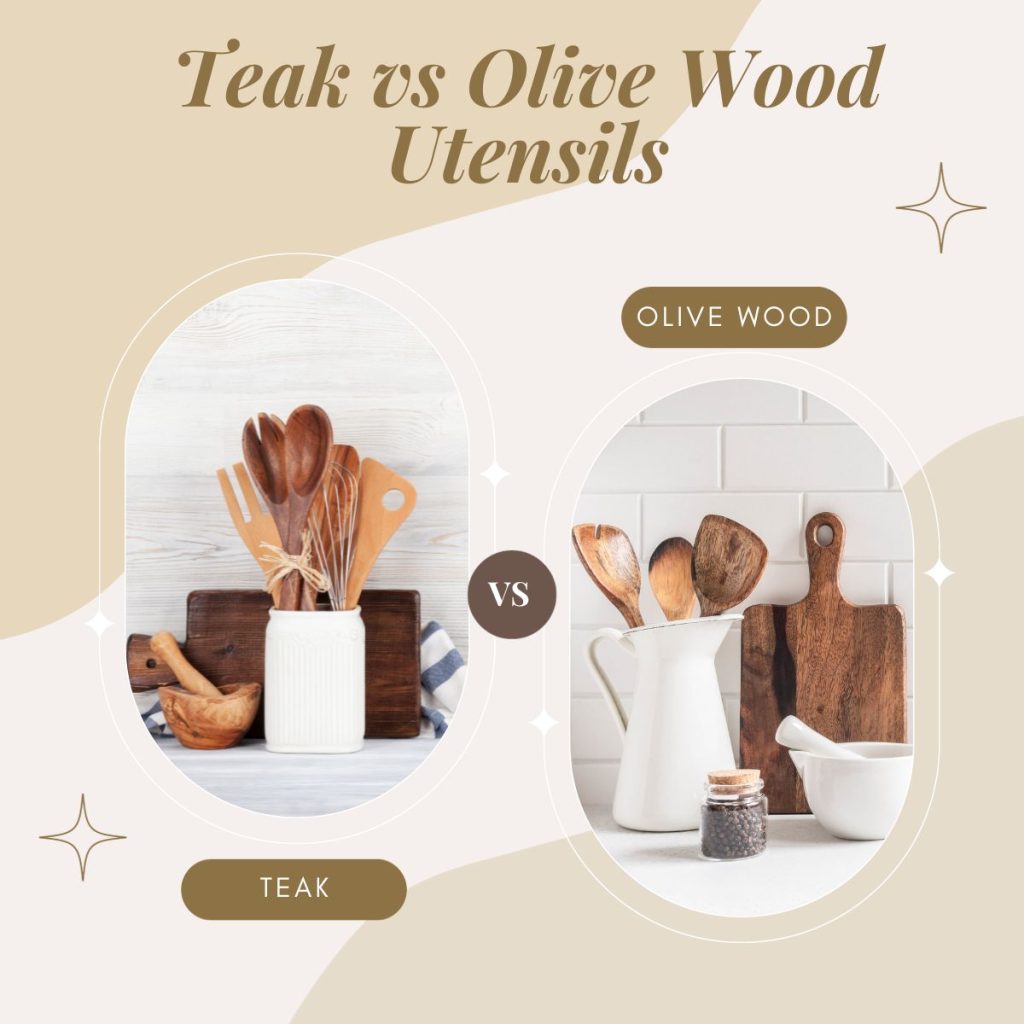



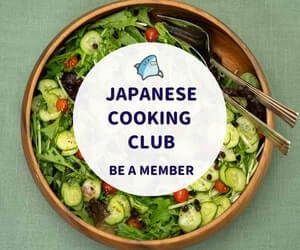



Konnichiwa! (Hello!) I'm Pat Tokuyama, a Japanese tofu cookbook author, who travels for music, food, and adventure. If you like Japanese tea, checkout some of the newestorganic japanese tea, matcha bowls and noren and more!
** Curious about the Plant Based Japanese Cooking Club? ** Learn more here!